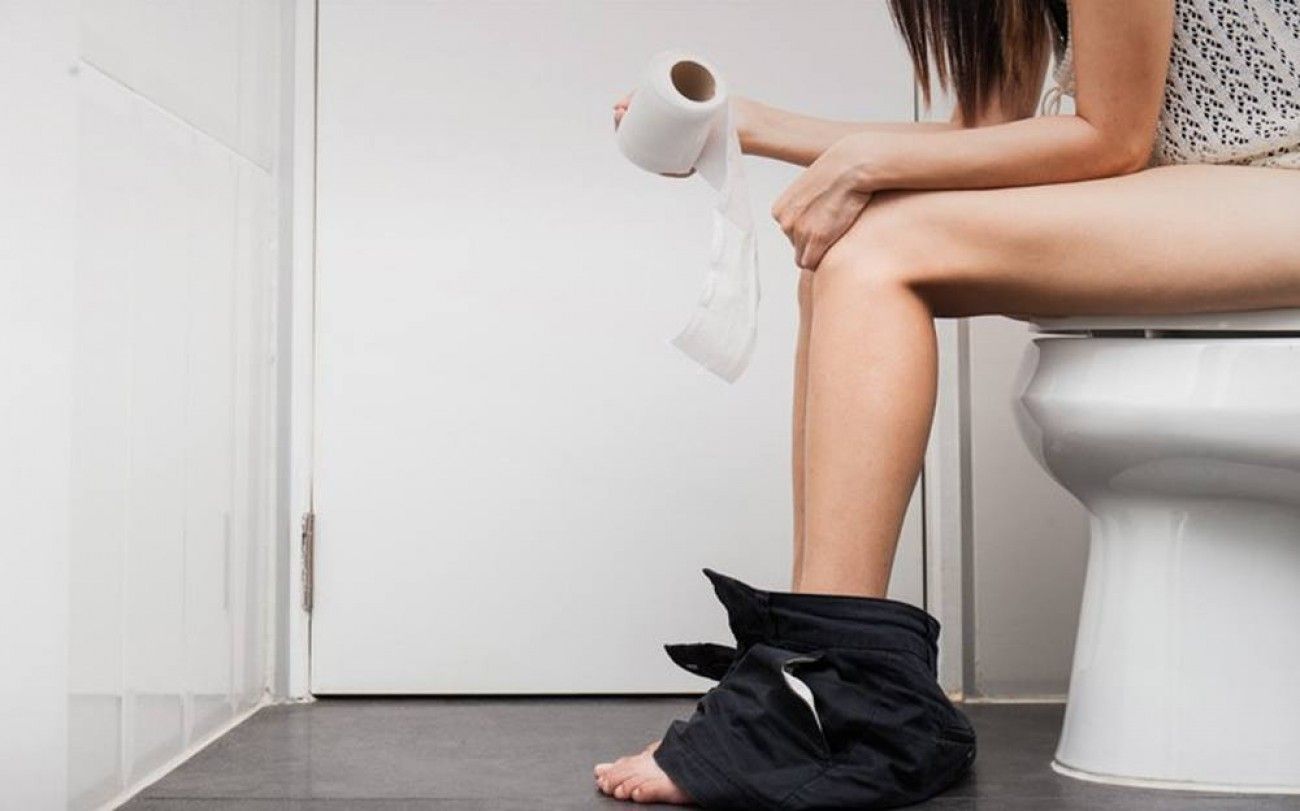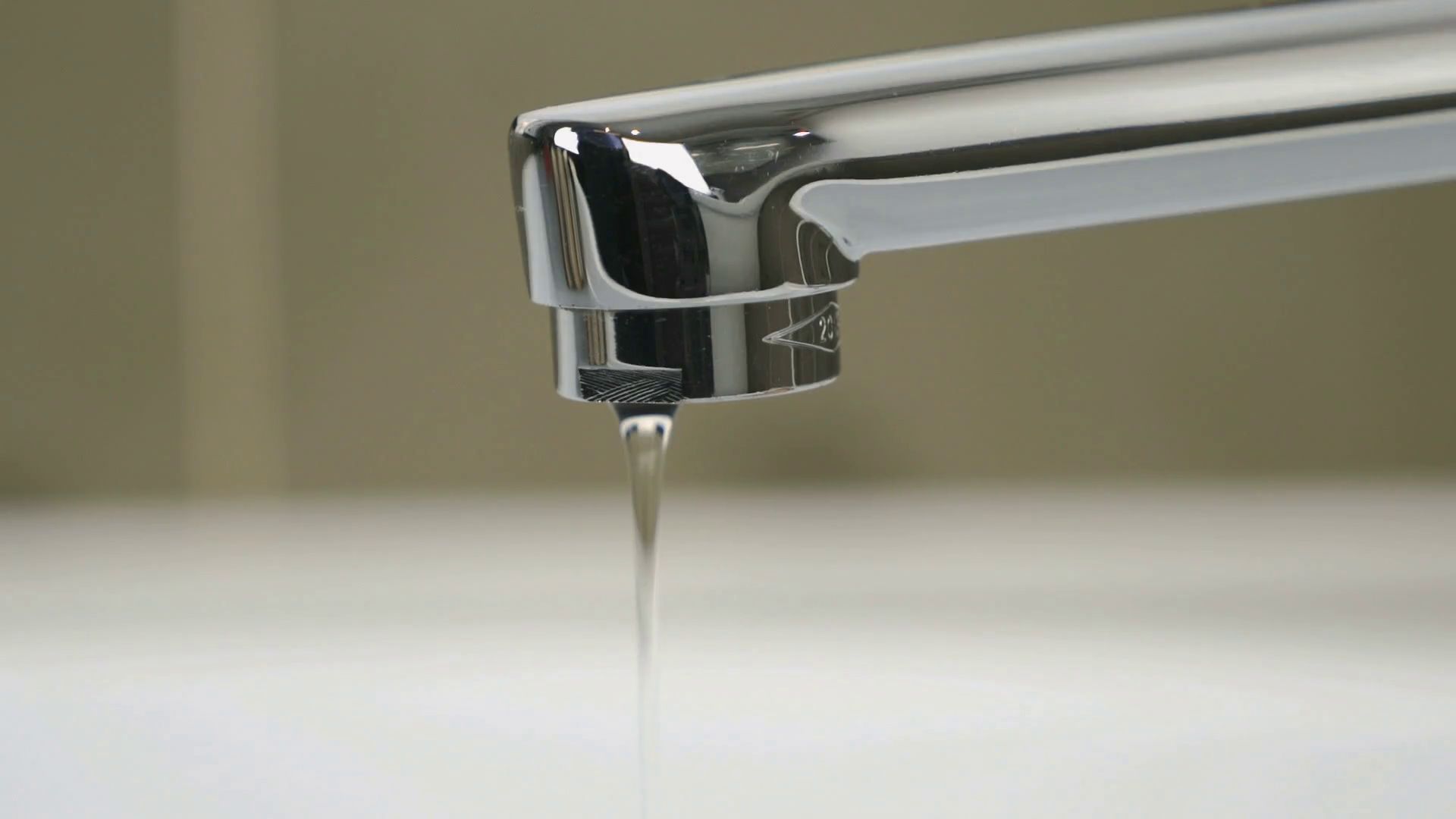We tend to ignore our bladders a lot, that leads to us not knowing a whole lot about them. Our bladders are very complex things, and we might as well spend the time getting to know them, they're with us our whole lives. Here's eight things you didn't know about your bladder.
1. You pee what you eat.
Our pee often shows what we've had to eat within the past 12 hours or so. No, you don't pee out pieces of hamburger or anything, but the smell and color can differ based on what you've eaten that day.
For example, asparagus is well known to give your pee a funky smell, and can also turn it a little green in color. Carrots can turn urine orange and rhubarb may tint it dark brown. So, before you freak out about your pee being off, think about what you've eaten that day.
2. Pee isn't sterile.
Pee has always been thought to be very sterile. New studies have found that it usually isn't, and can actually get infected. There is usually bacteria living in the bladder that makes your pee un-sterile. It was usually known that you can even drink your pee, don't do this.
I don't see a situation where you would ever want to do this but, if you are ever stranded in a desert, do not drink your pee if you have nothing else to drink. Urine is full of salt, which can make you more dehydrated. Also, the bacteria in it will only make the situation worse.
3. Men and women have very different bladders.
Both men and women have a urethra, which transfers urine from the bladder out of the body. The difference is the size of it. A man's urethra is about 7 to 8 inches long and passes through the prostate gland and penis before emptying.
A woman's urethra is only 1.5 inches long and is embedded in the vaginal wall. Since women have a shorter urethra, this explains why they more commonly have leakage while coughing, laughing, and sneezing.
4. "Small bladders" don't really exist.
When someone says they pee a lot because they have a small bladder, this isn't really true. Bladders don't vary much in size, but it could be how your bladder is acting instead of its actual size.
Feeling like you have a small bladder may have to do with how much your bladder can hold and how long you wait before peeing. Some people will sense bladder fullness at an earlier time than others, and that's why they think they have a small bladder. You might get that message to pee very soon after it's empty and starting to fill.
This is how often most people pee a day..
5. People pee about seven times a day.
The average amount people pee per day is about six to eight times. This obviously depends on what you're eating and drinking, so don't be scared if you pee more or less than this. The average pee lasts for about seven seconds.
This again varies, but if you are only peeing for about two seconds when you felt you really had to go, this may indicate you have other problems like an infection.
6. You get a weaker stream as you get older.
As men age, their prostates get larger and it can grow into the urethra tube and narrow it, potentially obstructing the urine stream and making it less forceful.
A weaker pee stream isn't as much of an issue for older women, but it can still happen because the lining of the bladder and urethra become less flexible. If you're having a hard time peeing, apply heat to your lower abdomen to help relax muscles.
7. Urine is mostly made out of water but has 3,000 other components.
Urine is about 95% water, about 3% urea, which is a compound created by your body's breakdown of proteins, then some sodium, creatinine, potassium, and chloride. There are also smaller amounts of other compounds at much lower concentrations.
Basically, there's a whole lot of stuff in there that wants to leave your body.
8. Bladder shyness is real.
A lot of people get shy when there are people around when they are peeing. They may find it will take a few seconds before their bladder relaxes and releases pee, or they may not be able able to pee at all when there's people around.
This could be a sign of an anxiety disorder. If it gets really bad, there is actually behavioral therapy, support groups, or even drug therapy. Physical therapy may benefit people who have a hard time relaxing the pelvic floor.



